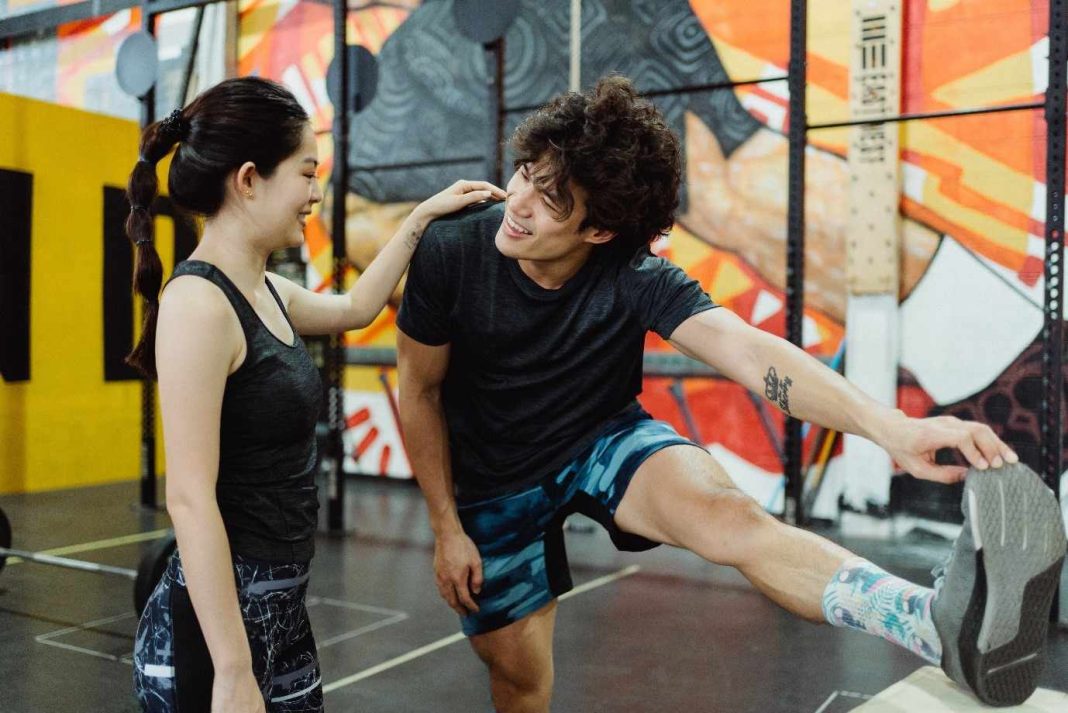Seated leg extensions are a popular exercise, known for targeting the quadriceps muscles. The exercise involves extending the leg while seated, usually using a weight stack machine or a resistance band. However, there is some controversy about whether seated leg extensions are dangerous for the knees or a great rehab exercise. Keep reading to learn about both sides of the argument, and how leg extensions can be beneficial when performed correctly (with a physical therapist).
Is The Leg Extension Exercise Dangerous?
The argument that seated leg extensions are dangerous for the knees stems from the fact that the exercise puts a lot of stress on the knees. When performing a leg extension, the force is concentrated at the knee joint and involves a large fulcrum.
Some people argue this stress can lead to knee problems, such as muscle strain, ligament injuries, or other types of knee pain. In particular, if the knees are unprepared for the load or are not aligned correctly (particularly for those with pre-existing knee problems), it may increase the risk of injuring the knees while performing this exercise.
Or Is It A Great Knee Exercise?
On the other side of the argument, many fitness experts believe that seated leg extensions can be a great rehab exercise. This is because it is a low-impact exercise that isolates the quadriceps muscles, which are essential for knee stability. For those who are rehabilitating from an injury, this exercise can be an effective way to rebuild strength in the knees.
The benefit of the exercise depends on various factors, including fitness levels, knee health, experience, and how the exercise is performed. For this reason, it’s important to consult a physical therapist before starting this exercise.
A physical therapist is trained in prescribing the correct exercises, and progressing or regressing the difficulty of the exercise program depending on the individual. Here are some key factors that a physical therapist considers before prescribing a leg extension exercise:
- Proper form: To perform the exercise safely, it is important to maintain proper form. The physical therapist will oversee the exercise and correct any form issues, such as locking the knees during the exercise.
- Weight selection: The weight for seated leg extensions should be appropriate for each person’s fitness level. If the weight is too heavy, it may increase the risk of injuring the knees.
- Knee health: A physical therapist will screen any pre-existing knee problems before prescribing this exercise. In some cases, seated leg extensions may not be recommended.
- Variety: It is also essential to vary the exercises to avoid overloading the knees. A physical therapist may prescribe other exercises like squats, lunges, or leg presses to help to reduce the risk of injury.
Exercise Done Right
Seated leg extensions can be a great exercise for building quadriceps strength, especially when performed correctly. In this way, it’s important to consult a physical therapist at Evoker prior to starting any exercise program to determine if leg extensions are the right exercise.
Must Read: How to Lose 15 Pounds In A Month With and Without Exercise?


